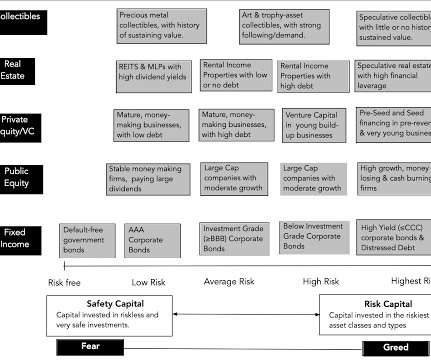What Is Stock Valuation?
Andrew Stolz
AUGUST 6, 2020
The main relative valuation ratios include price to free cash flow, enterprise value (EV), operating margin, price to sales, and price to earnings. The most popular ratio is the price to earnings ratio. Relative valuation compares a stock value to its competitors and peers within the same industry.























Let's personalize your content